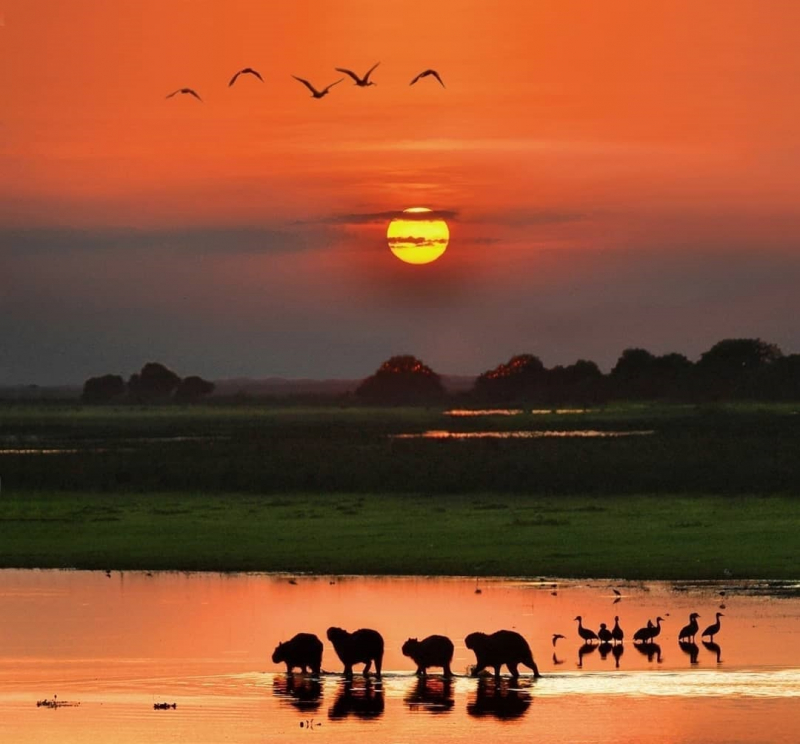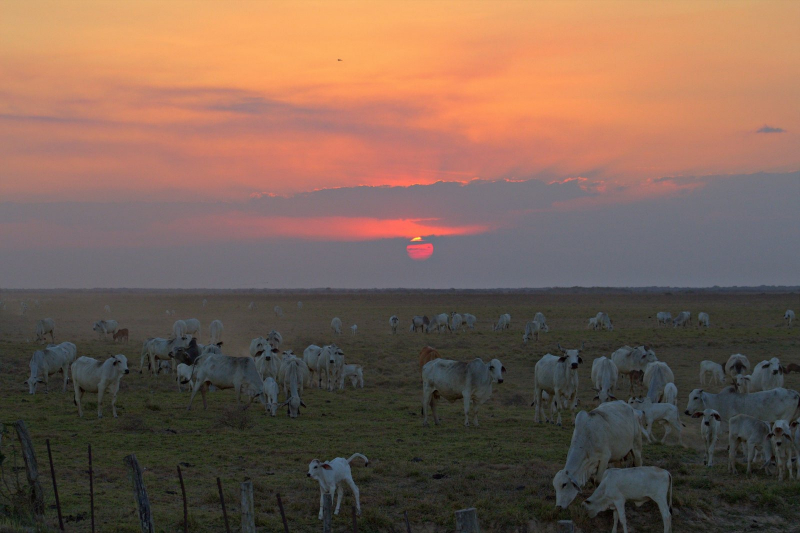Los Llanos
In the Orinoco basin, Los Llanos is a region in northern South America split by Venezuela and Colombia. It is a part of the World Wildlife Fund's Global 200, a list of priority habitats for conservation (WWF). It has two distinct seasons, the rainy and the dry, and is known for its vast savannahs. Its climate is intertropical savannah (in the Köppen climatic classification, humid and hot, except in the high plains, which have a milder climate), with high temperatures in general.
Because the location is inland and hence has less maritime impact, it has a higher daily thermal amplitude than coastal areas. The lowest temperatures are recorded during the wet seasons, so August temperatures are often lower than January, although the yearly thermal amplitude is minor. The plains are economically significant since they are a perfect site for extensive cattle grazing and agriculture. The Venezuelan states of Anzoátegui, Apure, Barinas, Guárico, and Monagas, as well as the Colombian departments of Arauca, Casanare, Vichada, and Meta, have major oil activity. The joropo is the Llanos' main cultural rhythm.
Address: Los Llanos, Panama, Venezuela
Entrance fee: N/A
Best time to visit: June to September
Hours: N/A









